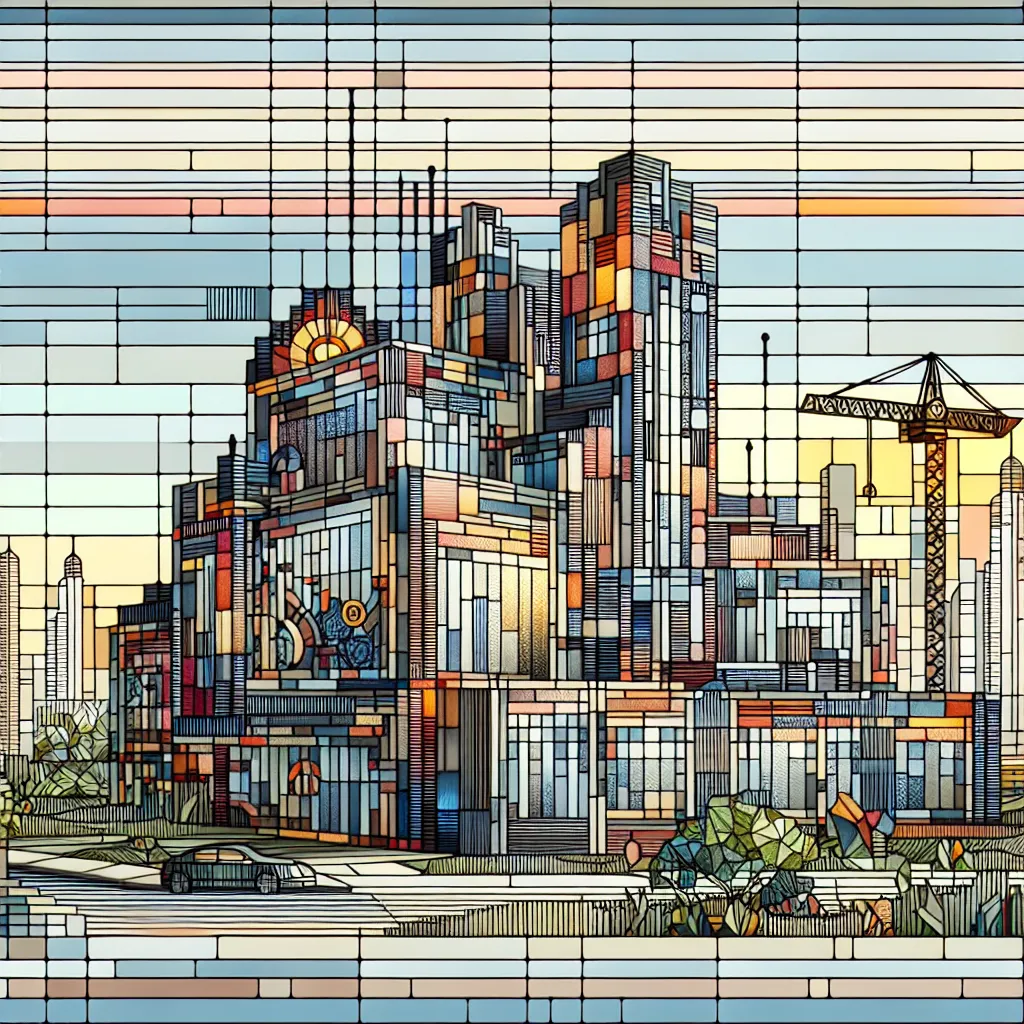
- Published on
- Authors

- Name
- Con Tech News
How Technology is Enhancing Off-Site Construction Capabilities
The construction industry is undergoing a seismic shift, and at the epicenter of this transformation is off-site construction. Initially met with skepticism, off-site construction is now proving to be a powerhouse for efficiency, sustainability, and scalability. But what’s driving this rapid adoption? It’s the integration of cutting-edge technology. Let’s dive into how technology is dramatically enhancing off-site construction capabilities.
1. Precision and Accuracy with BIM
Building Information Modeling (BIM) has become the backbone of digital construction. BIM allows for the meticulous planning of every facet of a project before a single piece of material is put together off-site.
Key Advantages:
- Detailed 3D Models: BIM allows the creation of detailed 3D models that provide precise measurements and specifications. This eliminates errors and reduces waste.
- Efficient Collaboration: Multiple stakeholders can collaborate in real-time, making it easier to coordinate and make decisions. Architects, engineers, and construction managers can all work from the same updated information.
- Clash Detection: One of the most compelling features is its clash detection capability, which helps identify and rectify potential geometric conflicts between various systems (like HVAC, electrical, plumbing) before they occur in the physical world.
2. Advanced Robotics and Automation
Robotics and automation are no longer figments of science fiction when it comes to off-site construction. Factories dedicated to constructing building components are leveraging robotic systems and AI to boost productivity and quality.
Key Technologies:
- Automated Robot Arms: Utilized for repetitive tasks such as welding, cutting, and assembly, ensuring high precision and consistency.
- Automated Guided Vehicles (AGVs): These are used for transporting materials within the factory, optimizing workflows and reducing manual labor.
- 3D Printing: Yes, 3D printing is no longer limited to prototypes and small components. Entire building modules are now being 3D printed, opening up possibilities for bespoke, complex designs that would be cumbersome and costly to build using traditional methods.
3. The Rising Star: IoT in Construction
The Internet of Things (IoT) is adding a new layer of intelligence to off-site construction, enabling smarter, more connected systems.
IoT Applications:
- Real-Time Monitoring: Sensors embedded in construction components can provide data on conditions like temperature, humidity, and pressure, ensuring that the materials remain within the optimal quality parameters during transportation and installation.
- Predictive Maintenance: IoT devices can foresee potential equipment failures, thereby allowing for timely maintenance and avoiding costly downtime.
- Asset Tracking: By tagging materials and components with RFID or GPS, you can easily monitor and manage inventory, reducing delays caused by misplaced or lost items.
4. Artificial Intelligence and Machine Learning
Artificial Intelligence (AI) and Machine Learning (ML) are revolutionizing how projects are managed, designed, and executed in off-site construction.
Impacts of AI & ML:
- Design Optimization: AI algorithms can analyze past project data to predict the best design practices, optimize material use, and identify potential issues during the design phase itself.
- Project Management and Scheduling: Machine Learning models can forecast project timelines with greater accuracy, allowing for better resource allocation and scheduling.
- Quality Control: AI-powered visual inspection systems can detect defects or deviations in construction components, ensuring that every piece meets the stringent quality standards.
5. Sustainability and Environmental Impact
Technology is not just making off-site construction faster and more cost-effective, but also more sustainable.
Sustainable Practices:
- Waste Reduction: The precision provided by BIM and robotics means less material waste, translating to fewer resources used and a smaller environmental footprint.
- Energy Efficiency: IoT-enabled systems can monitor and optimize energy use within construction facilities, leading to significant energy savings.
- Recyclable Materials: Technologies like 3D printing are increasingly utilizing recycled materials, further reducing environmental impact.
Conclusion
Off-site construction, empowered by state-of-the-art technology, is paving the way for a future where building structures is smarter, faster, and greener. From the precise modeling capabilities of BIM to the unrivaled efficiency brought by robotics and the invaluable insights derived from AI and IoT, the construction industry is on the brink of a revolution. Whether you’re a construction professional, tech enthusiast, or someone fascinated by innovation, this is an exciting time to witness what’s possible when technology meets construction.
So, there you have it! Technology is not just enhancing off-site construction capabilities; it’s redefining the very fabric of the construction industry. The future looks bright, and we’re all here for it!
Stay tuned for more insights into the wondrous world of technology and innovation. 🚀
